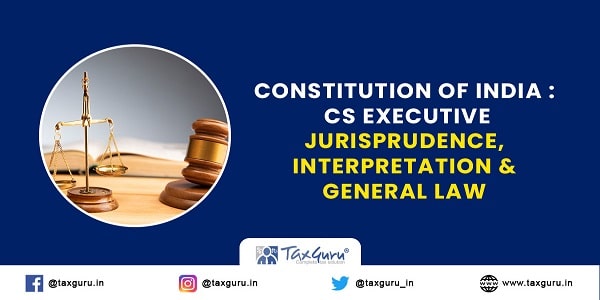The Constitution of India is the greatest law of our country. It provides a framework that distinguishes state institutions’ basic policy codes, structures, duties, procedures, and powers. It also regulates the principles, obligations, and rights of citizens.
The country’s Constitution establishes the laws and principles for the country and its states. It also provides a framework for governments to define their responsibilities and powers explicitly.
The Constitution is the backbone of the nation’s legal system.

Formation of the Indian Constitution:
The leaders formed an assembly in 1946 to draft the Constitution of India. Sir Benegal Narsing Rau, India’s first judge on the International Court of Justice, was appointed Constitutional Adviser to the Assembly in 1946. It prepared the general structure of the Constitution and its original draft in February 1948.
After several discussions, debates and amendments, the Assembly made changes to the first draft.
Then, in the 1947 congregation, committees were proposed. The Assembly established an eight-member commission to draft the Constitution, chaired by BR Ambedkar. The committee amends and modifies the draft and presents it to the meeting.
After several discussions and amendments, the Assembly adopted the statute on November 26, 1949. Two hundred eighty-four members signed it.
Components of the Indian Constitution:
The Constitution of India consists of two main parts –
> Part
> Schedule
The Preamble sets out the goals and aspirations of the public by the Government of India. It declared India a 3S state – a sovereign, socialist, secular and democratic republic. It also promised freedom, brotherhood, justice and equality for its citizens.
The document also contains 395 articles in 22 parts and eight directories.
When was the Indian Constitution ratified? Or when did the Indian Constitution come into force?
The Indian Constitution was opted on the date November 26, 1949, and entered into force on January 26 1950, by the Constituent Assembly of India. January 26 marks India’s first Republic Day to honour the entry into force of the Indian Constitution.
The Constitution later replaced the Government of India Act of 1935 as the primary guiding document, and the Indian Dominion became the Republic of India.
Interesting Facts about Indian Constitution
> This is the longest written Constitution of any country.
> It took two years and 11 months to formulate the Constitution of India.
About JIGL:
JIGL means Jurisprudence, Interpretation and General Law.
The learning of science of law is called Jurisprudence. Justice goes through the study of law, principles, concepts, and general philosophy from a logical, systematic point of view.
Interpretation involves analyzing and understanding the provisions, the meaning of the provisions to understand the purpose of the law. This becomes necessary because the legal language may not be clear.
The General Law section provides an initial understanding of some important laws. It is important that you understand this section for CS students. General law covers areas of law such as Constitutional Law, Civil and Criminal Procedure Law, the Right to Information Act 2005, and so on.
Meaning of JIGL:
The Company secretary is an additional governance officer and supports the board in maintaining a very high level of compliance within the organization. Therefore, CS needs to know about the jurisdiction, interpretation and basic laws of the country.
CS needs to understand the legal basis and jurisprudence rather than just knowing the law and legal terms. A deeper understanding of the laws regulated by general laws such as the Criminal Procedure Code, the Criminal Procedure Code, the Evidence Law, the Press Law, etc.
The best approach to reviewing case law, interpretation and common law are:
- Stay up to date on legislative changes, including the latest changes and notifications that apply to your audit. Say you are studying for the 2021 or 2022 exam, and make sure you understand all the latest laws.
- Take short notes in each paragraph and assign keywords. Submit your notes for the easiest way to review before the exam.
- Train your brain to remember a concept as soon as you see an object name. This is one of the best approaches to breaking down various theoretical articles.
Tushar Pahade Classes will prepare you well for the CS Executive program and career. Tushar Pahade Classes offers CS executive video lectures in accordance with the curriculum determined by ICSI. You can access and test the best training for CS Executive and CS Executive Pendrive Classes multiple times until you fully understand the topic. Experienced mentors have developed CS Executive courses with CS Executive training materials and are well prepared for the requirements of the CS Executive courses.
Contact us today!





